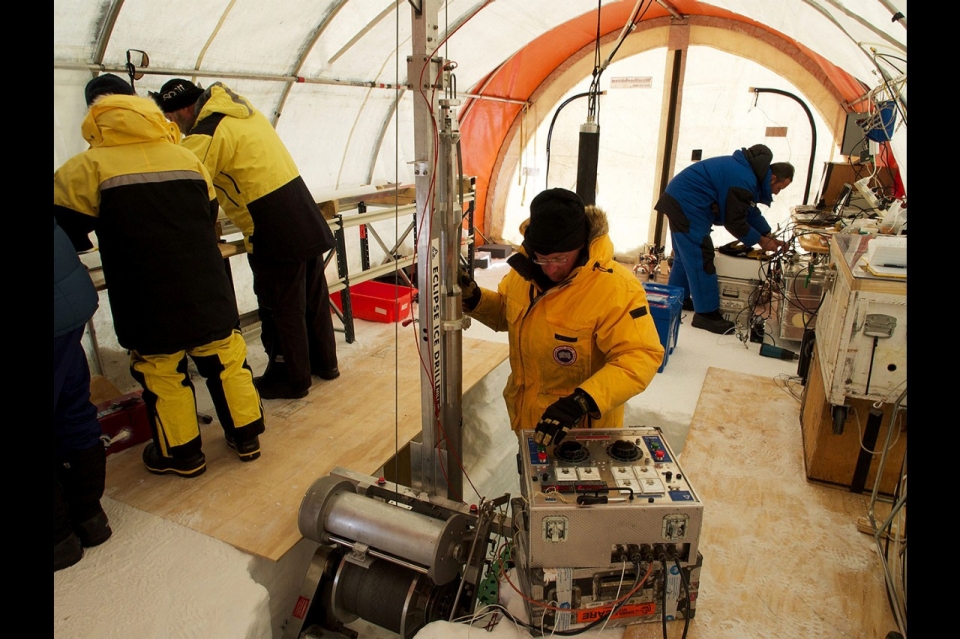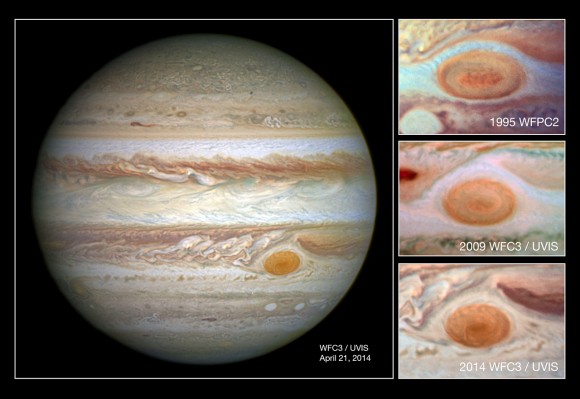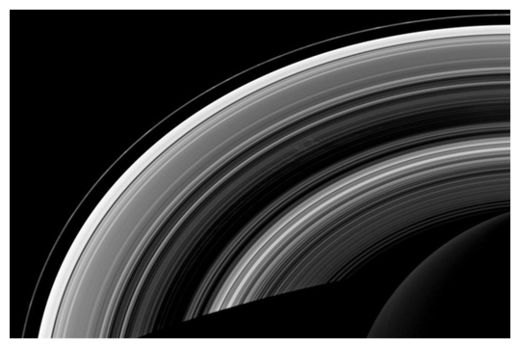
© Tony Fleming / Australian Antarctic Division / AFP / Getty ImagesA scientist with the Australian Antarctic Division climate program extracts an ice core at the Aurora Basin drilling camp in Antarctica. The team successfully removed ice cores, some dating back 2,000 years, from the heart of Antarctica in a bid to measure how the Earth’s climate has evolved.
Researchers in Antarctica say they've captured a climate change "snapshot" by successfully drilling into the continent's ice cover to retrieve an ice core going back 2,000 years.
An international team of scientists from the United States, Australia, Germany, France, Denmark and China says the success of their Aurora Basin North project could be a step toward a "holy grail" of climate science, recovery of a core containing ice that's a million years old.
Drilling into some of Antarctica's thickest ice, in a region where it covers the continent in a sheet almost two miles thick, should yield the most precise record to date of the past climate of the area, the researchers say.
That data will come from analyzing atmospheric gases, chemical elements and particles contained in snow that fell on the region and was compacted into ice over thousands of years.
"Using a variety of scientific tests on each core, we'll be able to obtain information about the temperature under which the ice formed, storm events, solar and volcanic activity, sea ice extent, and the concentration of different atmospheric gases over time," project leader Mark Curran, a glaciologist with the Australian Antarctic Division,
says.




